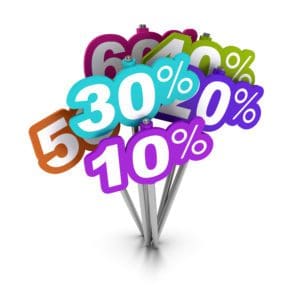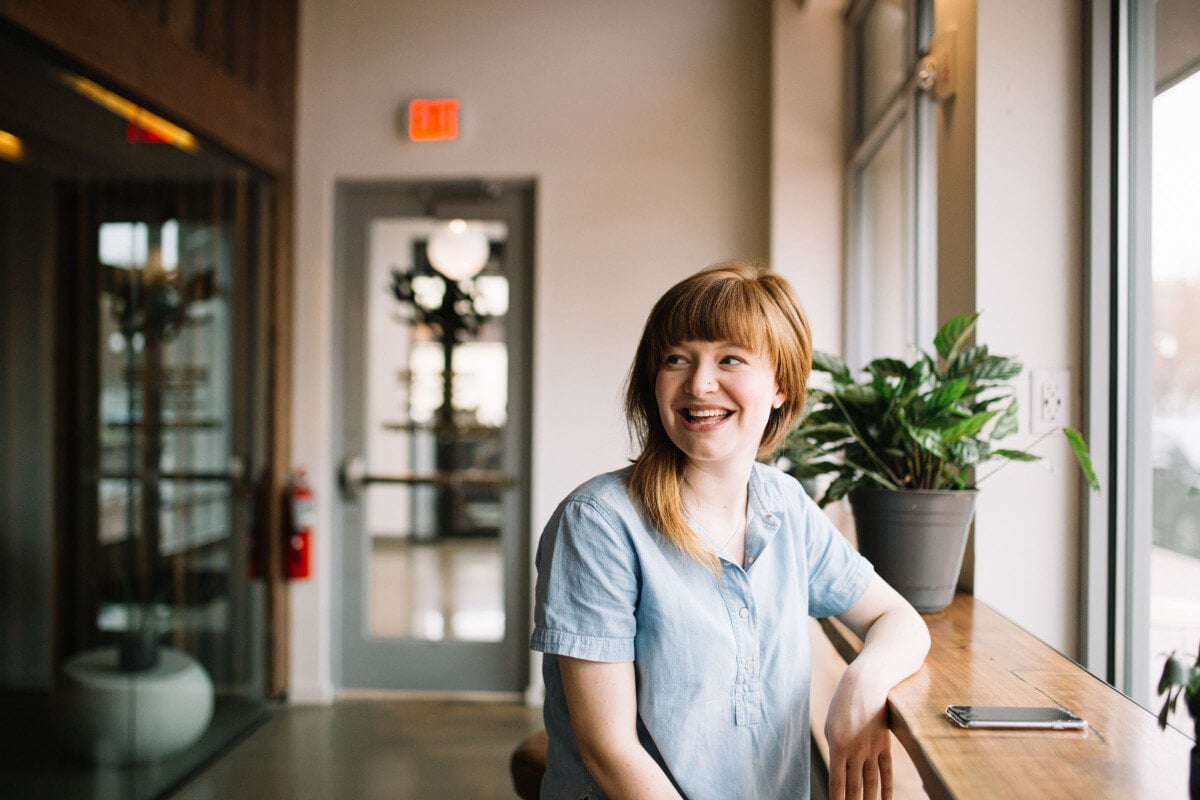2 min read
Target Low-Frequency Customers. Here’s Why.
The greatest revenue-generating potential a loyalty program can tap into is a brand’s segment of customers who visit sometimes but not always. We...
Platform
What is Paytronix Guest Engagement Suite?
Combining online ordering, loyalty, omnichannel messaging, AI insights, and payments in one suite. Paytronix delivers relevant, personal experiences, at scale, that help improve your entire digital marketing funnel by creating amazing frictionless experiences.
A Complete Guest Engagement Suite
Online Ordering
Acquire new customers and capture valuable data with industry leading customization features.
Loyalty
Encourage more visits and higher spend with personalized promotions based on individual activity and preferences.
Catering
Grow your revenue, streamline operations, and expand your audience with a suite of catering tools.
CRM
Build great customer relationships with relevant personal omnichannel campaigns delivered at scale.
Artificial Intelligence
Leverage the most data from the most customer transactions to power 1:1 marketing campaigns and drive revenue.
Payments
Drive brand engagement by providing fast, frictionless guest payments.
Solutions
Paytronix Guest Engagement Solutions
We use data, customer experience expertise, and technology to solve everyday restaurant and convenience store challenges.
FlightPaths are structured Paytronix software onboarding journeys designed to simplify implementation and deliver maximum ROI.
Customer Success Plans (CSPs) are tiered service offerings designed to help you get the most from your Paytronix software, whether you prefer self-guided support or hands-on partnership.
Contactless Experiences
Accommodate your guests' changing preferences by providing safe, efficient service whether dining-in or taking out.
Customer Insights
Collect guest data and analyze behaviors to develop powerful targeted campaigns that produce amazing results.
Marketing Automation
Create and test campaigns across channels and segments to drive loyalty, incremental visits, and additional revenue.
Mobile Experiences
Provide convenient access to your brand, menus and loyalty program to drive retention with a branded or custom app.
Subscriptions
Create a frictionless, fun way to reward your most loyal customers for frequent visits and purchases while normalizing revenues.
Employee Dining
Attract and retain your employees with dollar value or percentage-based incentives and tiered benefits.
Order Experience Builder
Create powerful interactive, and appealing online menus that attract and acquire new customers simply and easily.
Loyalty Programs
High-impact customizable programs that increase spend, visit, and engagement with your brand.
Online Ordering
Maximize first-party digital sales with an exceptional guest experience.
Integrations
Launch your programs with more than 450 existing integrations.
Loyalty Programs
Deliver the same care you do in person with all your digital engagements.
Online Ordering
Drive more first-party orders and make it easy for your crew.
Loyalty Programs
Digital transformations start here - get to know your guests.
Online Ordering
Add a whole new sales channel to grow your business - digital ordering is in your future.
Integrations
We work with your environment - check it out
Tobacco Reporting
Comply with AGDC 2026 DTP Requirements
Company
We are here to help clients build their businesses by delivering amazing experiences for their guests.
Meet The Team
Our exceptional customer engagement innovations are delivered by a team of extraordinary people.
News/Press
A collection of press and media about our innovations, customers, and people.
Events
A schedule of upcoming tradeshows, conferences, and events that we will participate in.
Careers
Support
Paytronix Login
Order & Delivery Login
Resources
Paytronix Resources
Learn how to create great customer experiences with our free eBooks, webinars, articles, case studies, and customer interviews.
FlexPoint Service Catalog
Access FlexPoints are a cost-effective, flexible way to access our value-added services, to ensure you get greater impact from your Access software solution.
See Our Product In Action
E-Books
Learn more about topics important to the restaurant and c-store customer experience.
Reports
See how your brand stacks up against industry benchmarks, analysis, and research.
Blog
Catch up with our team of in-house experts for quick articles to help your business.
Case Studies
Learn how brands have used the Paytronix platform to increase revenue and engage with guests.
Unlock loyalty strategies that 3 out of 4 restaurants use to boost engagement by 40% without adding staff.
2 min read
Sep 29, 2017

Promotions are used to directly, quickly, and profitably change behavior. Most commonly, that behavior change falls into one of these categories: driving more visits, encouraging people to purchase at a time they normally would not, or inspiring more profitable bulk purchases.
The most common types of promotions are challenges, bonuses, and occasion based rewards.
Challenges. These promotions challenge reward members to perform actions to earn a prize. For example, a challenge could be “buy gas five times this month and get a free large coffee” or “spend $50 on snack items this week and get a free liter of soda.” These challenges are intended to increase visits and spend during a specified period of time.
Bonuses. These promotions often offer an instant benefit for the rewards member. “Purchase a sandwich and a large soda and get a bag of chips for free” is one example. Bonuses are primarily designed to increase spending during a visit, but secondly, they may also increase the number of visits since customers could seek to take advantage of a bonus multiple times.
Occasion-based rewards. These promotions are dependent on a time of year, such as the holiday season, or a well-known event. An example of an occasion-based reward could be “purchase two bags of chips and get a liter of soda for free during the week leading up to the Big Game.”
While there are multiple options for promotions, the most effective ones will combine these three key traits:
The benefits and complexities of promotions come in nearly equal measure. While a well-designed promotion can’t be surpassed for driving visits and incremental purchases, they are also incredibly difficult to successfully implement on your own. Learn more about utilizing promotions by downloading “Essential Building Blocks of Convenience Store Reward Programs.”

2 min read
The greatest revenue-generating potential a loyalty program can tap into is a brand’s segment of customers who visit sometimes but not always. We...

2 min read
It’s rush hour on a weekday and a potential customer, let’s call her Sarah, is driving along a busy and traffic-jammed road. She’s had a long day at...

3 min read
Do you need to reinvigorate your brand, increase revenue, and improve profitability? Upgrading your rewards program may help. However, proceed with...